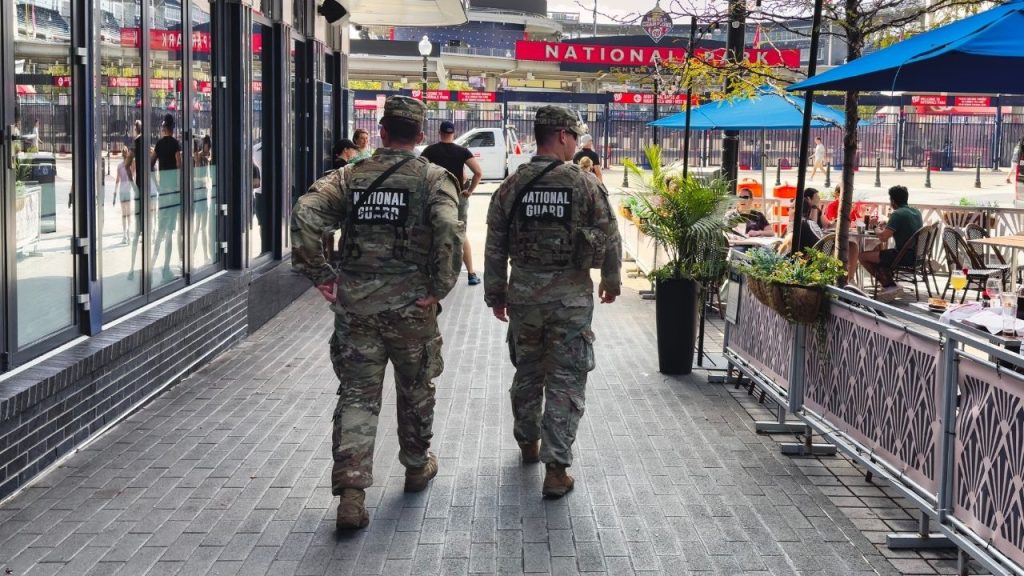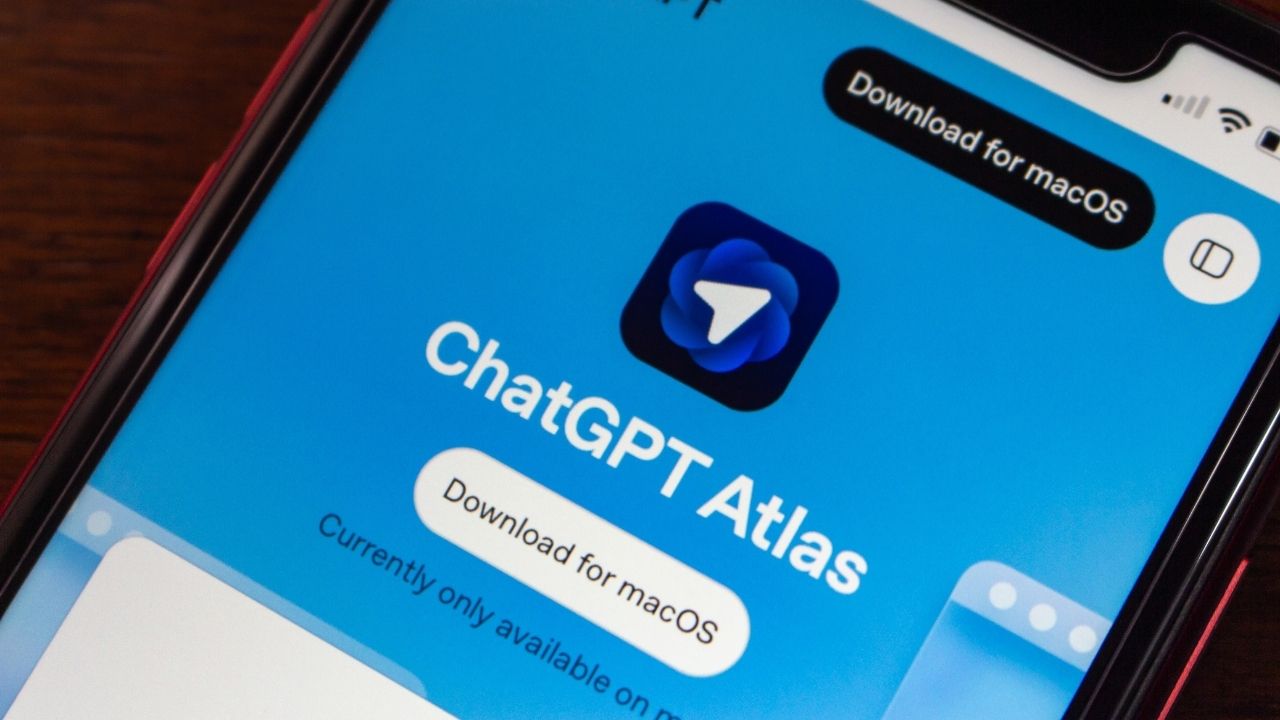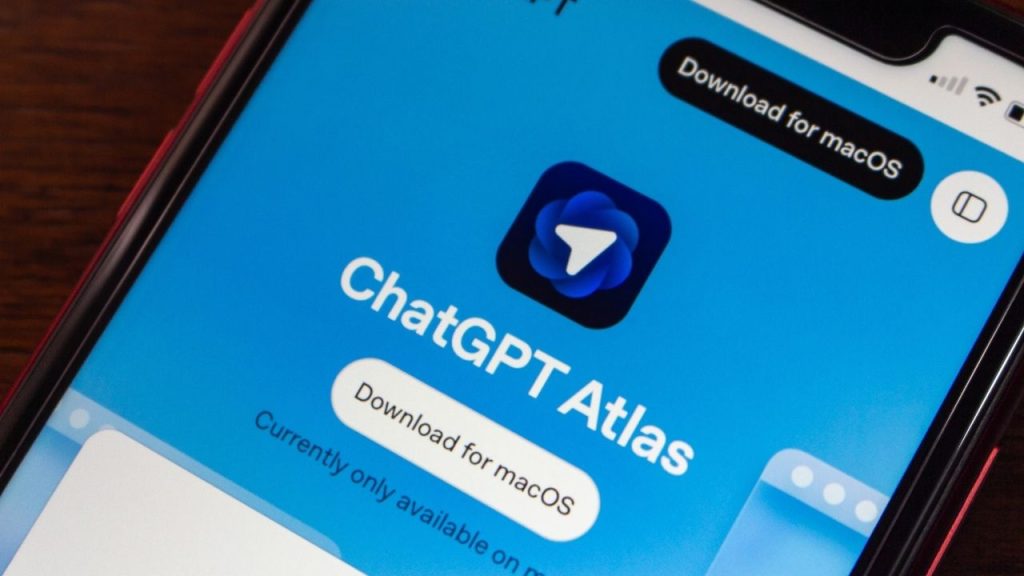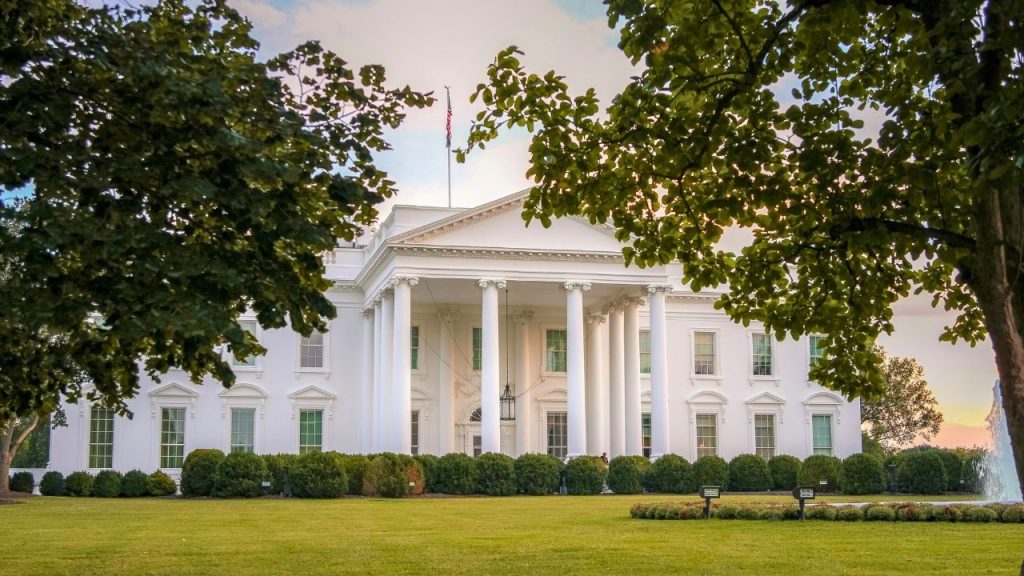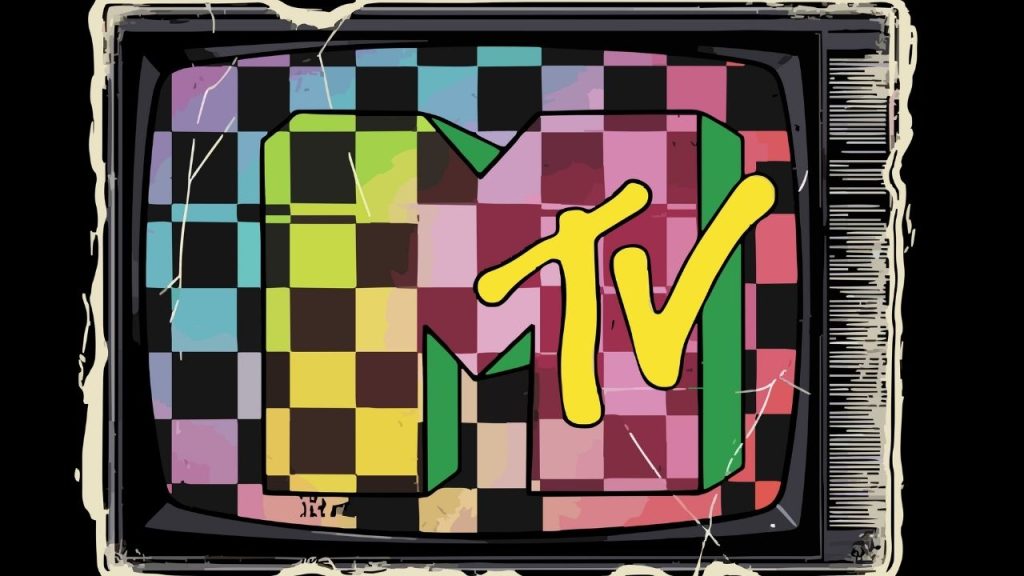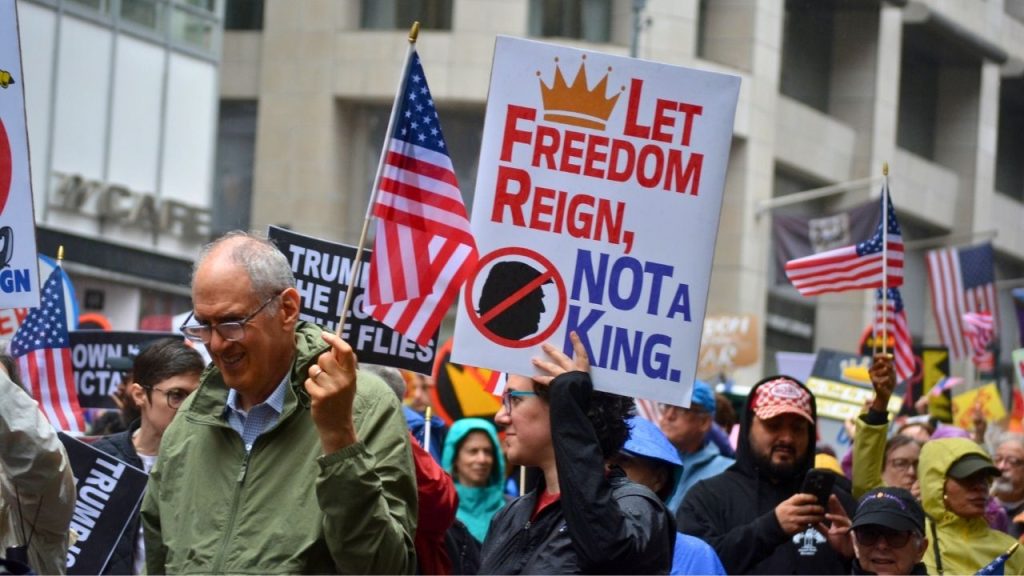The National Guard has always walked a fine line between federal and state authority.
Traditionally, its role has included responding to natural disasters at home and supplementing active-duty units abroad. In 2025, however, the Guard is at the center of a political and legal storm over its growing use inside U.S. cities.
For many observers, the surge of domestic deployments is less about emergencies and more about a shift in federal power.
Federal Orders, Local Resistance
National Guard troops have been deployed in major U.S. cities under controversial circumstances. President Trump has used federal authority to send Guard units to Los Angeles, Washington, Memphis, and potentially Chicago and Portland, often against the wishes of governors or local leaders.
In Los Angeles, protests erupted over mass deportation raids in June, leading the Trump Administration to federalize California’s Guard and activate “Task Force 51,” placing more than 4,100 troops alongside Marines, according to the Washington Post.
In Washington, D.C., the White House declared a “crime emergency” and deployed 800 Guard troops while temporarily taking control of the city’s police force, Reuters reported in August.
In Memphis, Guard troops began patrolling neighborhoods under federal orders with the backing of Governor Bill Lee, AP News noted.
In Chicago, 200 Texas Guard troops were sent to protect federal buildings, but an appeals court blocked their deployment inside the city, ruling the administration had not justified overriding state authority, according to Reuters.
And in Portland, when a judge blocked Oregon from using its own Guard, the Pentagon reassigned 200 California Guard troops to the city, Reuters reported.
A recent Reuters/Ipsos poll found that 58% of Americans believe the military should only address external threats, while just 37% support a president deploying troops domestically without a governor’s consent.
Governors, mayors, and members of Congress have echoed those concerns, warning of creeping militarization in local policing.
Governors vs. the White House
The controversy rests on a fundamental question: who controls the Guard? Governors typically command their state units, but presidents can federalize them under certain laws, including the Insurrection Act.
Each time this power has been used in modern history, from desegregation in the 1950s to unrest in 2020, it has sparked debate. In 2025, with deployments tied to immigration enforcement and crime control, those debates have intensified.
Illinois Governor J.B. Pritzker described the use of out-of-state Guard troops as an “invasion” of state sovereignty, according to the Washington Post. Legal challenges across multiple
jurisdictions are testing how far the White House can go in overriding governors. Civil liberties groups argue the administration is stretching legal authority to justify military involvement in policing.
Even the National Guard Bureau highlighted how rare such actions are, noting in a press release that presidents since World War II have federalized Guard units for domestic missions fewer than ten times. The wave of activations in 2025 marks a sharp break from that history.
Domestic Tool or Political Weapon?
As domestic events continue to dominate headlines, units continue their overseas missions in the Middle East, North Africa, and Eastern Europe. A fact critics say has been overshadowed.
Military analysts cited by USAFacts argue that the administration’s focus on urban deployments risks diverting resources, training time, and readiness away from international obligations.
If courts uphold broad federal authority, presidents may increasingly rely on the Guard as a domestic tool, reshaping its role from disaster relief and overseas support to routine domestic security. If courts limit that authority, states could regain leverage to resist federal deployments.
For now, Guard troops remain visible in American streets, a sight that is as politically charged as it is historically unusual.
Photo Credit: National Gaurd in Washington, D.C. 2025 (tonyquinn/shutterstock)
